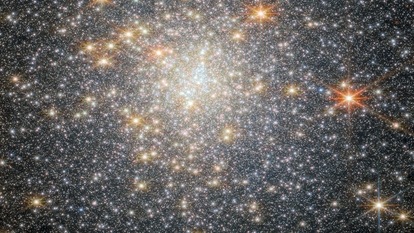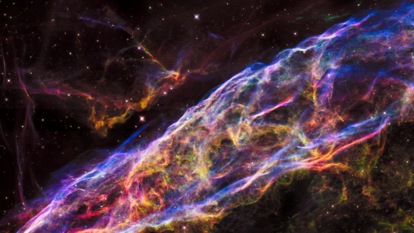Nasa shares mesmerizing picture of a meteor wind over Tunisia
Meteor wind often appears as meteor showers on earth. Here’s all you need to know about meteor wind.
_(1)_1660754423453_1660754442414_1660754442414.jpg)
Stargazers had been in for a treat last week as Perseid meteor shower lit up the sky between August 11 and 13. However, have you ever wondered if the Earth ever passes through a wind of meteors? Yes! Meteor wind often appears as a meteor shower on our planet. As explained by Nasa, most meteors are sand-sized debris that escaped from a Sun-orbiting comet or asteroid. These debris continue in an elongated orbit around the Sun. “Circling the same Sun, our Earth can move through an orbiting debris stream, where it can appear, over time, as a meteor wind,” says Nasa.
Surprisingly, these meteor showers that light up the sky are the destroyed ones. However, their streaks can be traced back to a single point on the sky known as the radiant. The US space agency has shared an image of the meteor wind that took place over two days in late July near the ancient Berber village Zriba El Alia in Tunisia. Dubbed as Southern Delta Aquariids meteor shower was suspected to originate from Comet 96P Machholz. A Southern Delta Aquarid comes from the direction of the constellation Aquarius – it's radiant in the southern part of the sky. The meteors tend to fly at 25 miles per second.
Last week, the Perseids meteor shower lit up the northern sky. It was one of the best meteor showers that appeared from mid-July to late August every year. According to NASA,
The Perseids are caused by clouds of debris — bits of ice and rock — left behind by Comet Swift-Tuttle which passed close to Earth in 1992. It peaks when Earth passes through the densest and dustiest area.
Do note that Delta Aquariids radiate from the vicinity of constellation Aquarius, while Perseids fly from constellation Perseus, which is in the northeastern part of the sky.
Catch all the Latest Tech News, Mobile News, Laptop News, Gaming news, Wearables News , How To News, also keep up with us on Whatsapp channel,Twitter, Facebook, Google News, and Instagram. For our latest videos, subscribe to our YouTube channel.




































